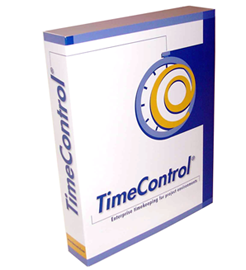
So, for example, during periods in which water is moving rapidly into and out of the storages in the SMA, the program may select and use ten 1-minute computational intervals to account for soil moisture fluxes during a 10-minute user-specified interval. To do so, it repeats these steps for each user-specified interval. The time required to fill or drain storages varies throughout the simulation period, so the program varies the computational time interval throughout the simulation.
If the remaining time less the interval found in Step 7 is less than one minute, the computational interval is set equal to the time remaining in the user-specified interval. If the interval from Step 6 is less than the remaining time in the user-specified interval, the computational interval is adjusted so it is an even divisor of the remaining time. If the interval from Step 5 is greater than the remaining time in the user-specified interval, the computational interval is set equal the remaining time. If the interval is less than 1 minute, the interval is increased to 1 minute. If the interval from Step 4 is greater than 12 hours, the computational interval is reduced to 12 hours. If the interval from Step 3 is greater than the precipitation data interval, the computational interval is set equal the precipitation interval. If the time interval calculated in Step 2 is larger than one-quarter of the time required to fill the combined available canopy, surface and soil profile storage, the interval is reduced to that value. If the user-specified value is less, it is used instead. HEC-HMS selects the minimum interval from Step 1. HEC-HMS finds a minimum time interval for each storage volume with potential to outflow, using procedures shown in Table 28. The time interval is selected as follows: In either case, the program reports hydrograph ordinates at the user-specified interval. This interval may be the user-specified interval, or it may be a fraction of that value. To ensure accuracy of solution of SMA model equations, the program determines and uses internally a computational time interval. For these cases, the time interval is user-specified and is constant. So, for example, if the control specification calls for a 10-minute time interval, the curve number loss model is applied to compute infiltration for successive 10-minute intervals, and the unit hydrograph equations are solved to compute runoff hydrograph ordinates at 10-minute intervals. A discrete time interval ( \Deltat) is selected for the approximation, and for this time interval, the program commonly uses the value defined by the user in the control specifications. To solve the equations, the models use a finite-difference approximation, as described in Chapter 6. TimeControl Project adds multiple perspectives of project planning to the Online versions.Models included in the program rely on the solution of differential equations to estimate watershed runoff. #Timecontrol hms software#
TimeControl is available both as a Software as a Service subscription or for on-premise implementation. The TimeControl Industrial edition adds Crew Timesheet entry as well as Material Consumption entry and Equipment Usage entry. HMS is the publisher of TimeControl, a multi-purpose timesheet system designed to collect time for project progress tracking at the same time as corporate needs such as Payroll, Human Resources, Job Costing, Invoicing, DCAA Compliance or R&D Tax Credit submission.

Suitable for office or project management, human resource, payroll, time and attendance tracking applications. Enterprise resource planning (ERP), office productivity, employee monitoring, access control, website and data security software are offered. Manufacturer of mobile application scheduling and planning software.





 0 kommentar(er)
0 kommentar(er)
